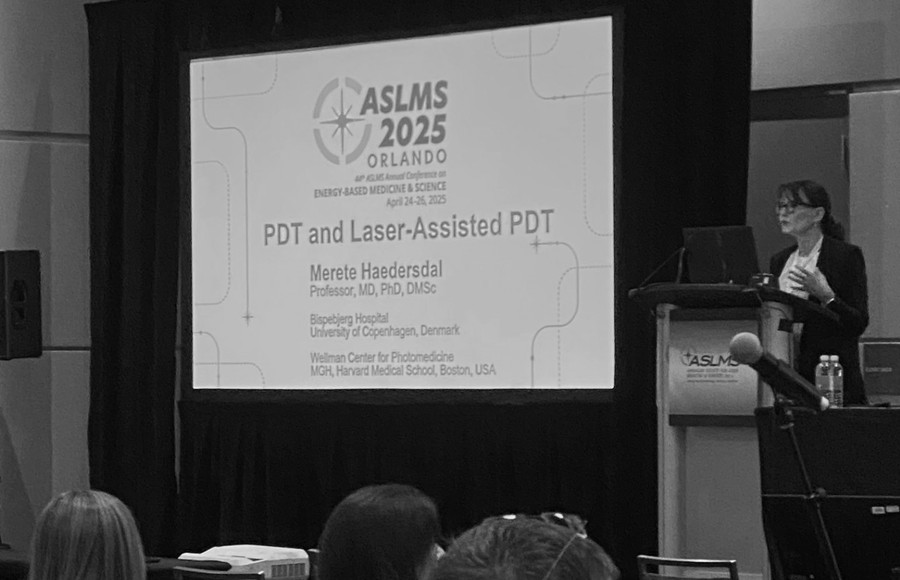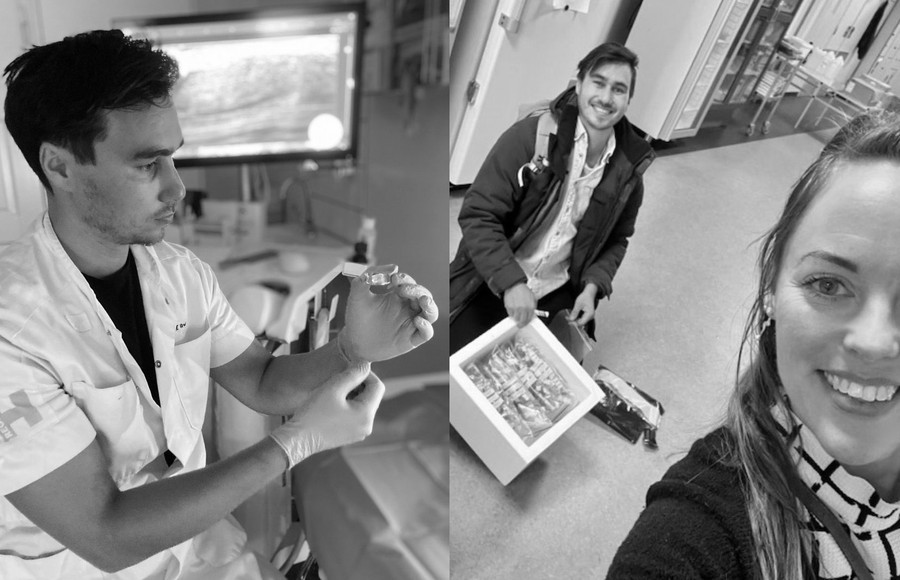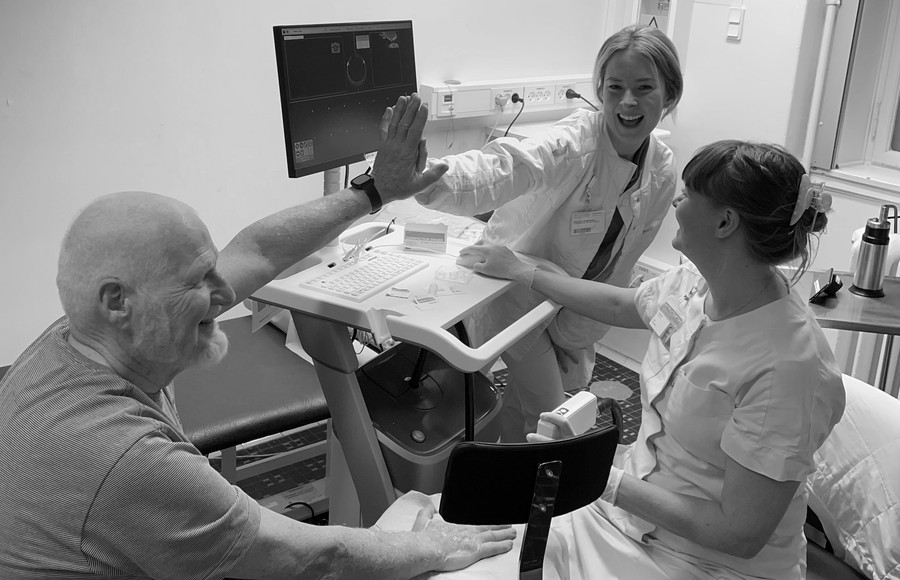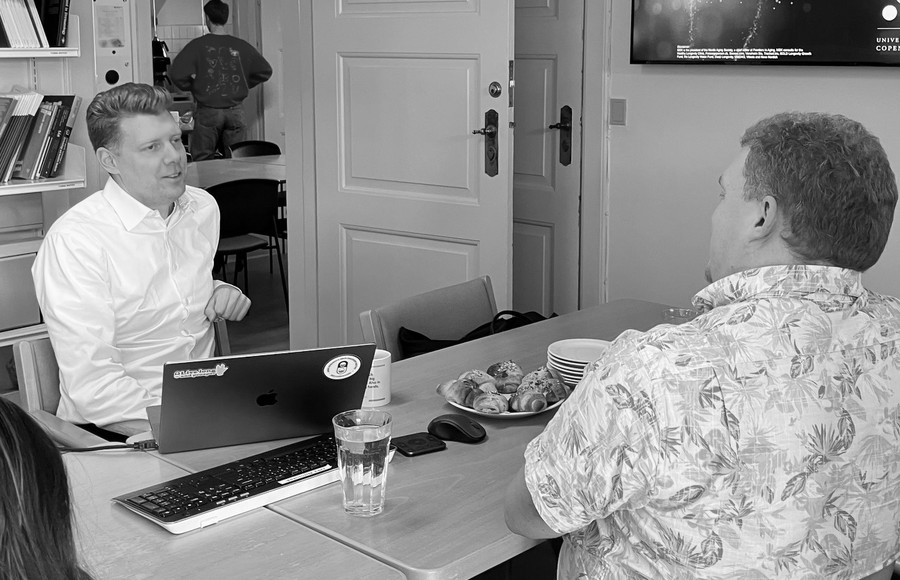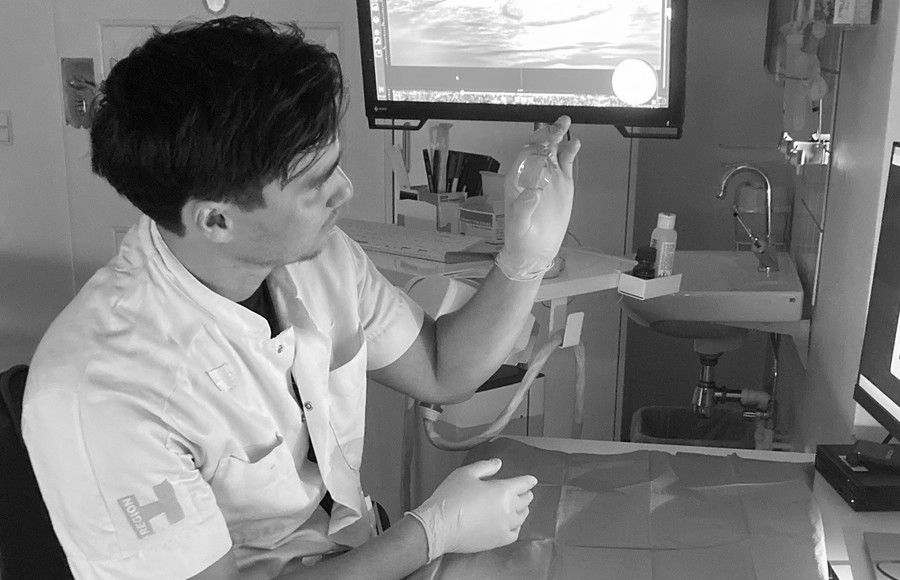Lifetime risk of skin cancer for Danes approaches 22%
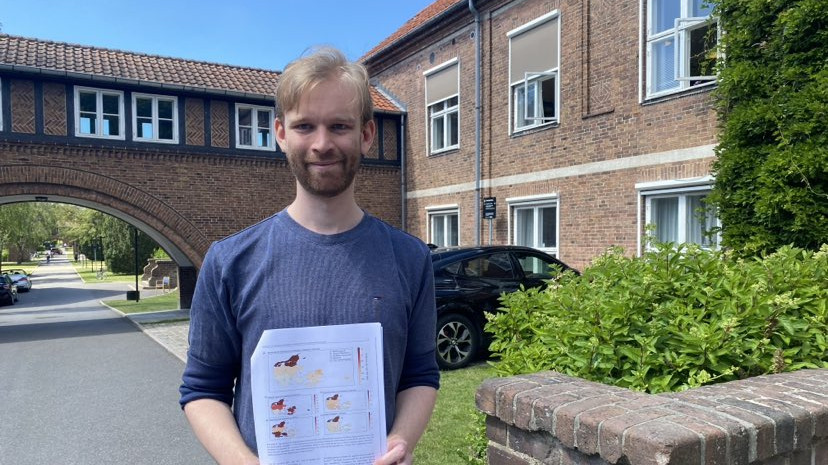
Key findings
The study utilizes data from the Danish Skin Cancer Registry, which includes patients treated for common skin cancer in office-based dermatological practices across Denmark's five regions: the Capital Region, Central Denmark, Southern Denmark, North Jutland, and Zealand.
The study shows that over a nine-year period, tumor incidence rates for keratinocyte carcinoma (KC) and Bowen’s disease (BD) increased by 172% - from an incidence rate of 180 to 489 per 100,000 person-years (PY).
The study found a national lifetime risk of 21.8% for developing at least one KC or BD tumor, with subtype-specific risks at 16.4% for nodular basal cell carcinoma (BCC), 5.1% for superficial BCC, 1.9% for squamous cell carcinoma (SCC), and 1.3% for BD.
Regional variations
The study observed notable regional variations across Denmark:
• The Capital Region and North Jutland exhibited the highest incidence rates for KC and BD combined, with North Jutland's rates peaking at 714 per 100,000 PY compared to Southern Denmark's 405 per 100,000 PY.
• Nodular BCC saw a 220% increase nationally, reaching 329 per 100,000 PY by 2022. The Capital Region had the highest incidence rate with 382 per 100,000 PY.
• SCC incidence rose by 225% overall, with the highest rates in Southern Denmark and North Jutland.
• BD saw a 290% national increase, with North Jutland's rates nearly four times the national average.
• Superficial BCC rates remained relatively stable nationally but surged by 363% in North Jutland.
Implications
The findings indicate a growing burden of skin cancer in Denmark, with notable regional differences despite the country’s small size, universal healthcare system, and relative ethnic homogeneity. The Capital Region's high nodular BCC rates could reflect higher socioeconomic status, greater healthcare accessibility/use, or local registration practices. Regional differences and rising rates across all subtypes suggest a need for targeted public health measures.
MSc Johan Sieborg, PhD student and author of the study, emphasizes the importance of these findings for healthcare planning:
‘Understanding these regional differences is crucial for allocating resources and implementing effective prevention strategies.’
The nationwide study underscores the continuing rise in skin cancer rates in Denmark, revealing significant geographical variations and highlighting the need for ongoing research and targeted public health measures to create the foundation for equal skin cancer treatment throughout Denmark.
Study authors
Johan Sieborg MSc, Merete Haedersdal MD, PhD, DMSc, Ulrikke Lei MD, Henrik Sølvsten MD, PhD, Anne Braae Olesen MD, PhD, Gabrielle Randskov Vinding MD, PhD, Anna Lei Lamberg MD, PhD, Alexander Egeberg MD, PhD, DMSc, Emily Wenande MD, PhD.
